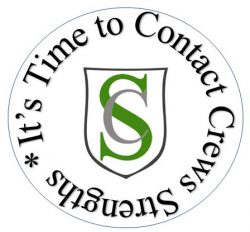Putting the Right Tools (Strengths) to Work
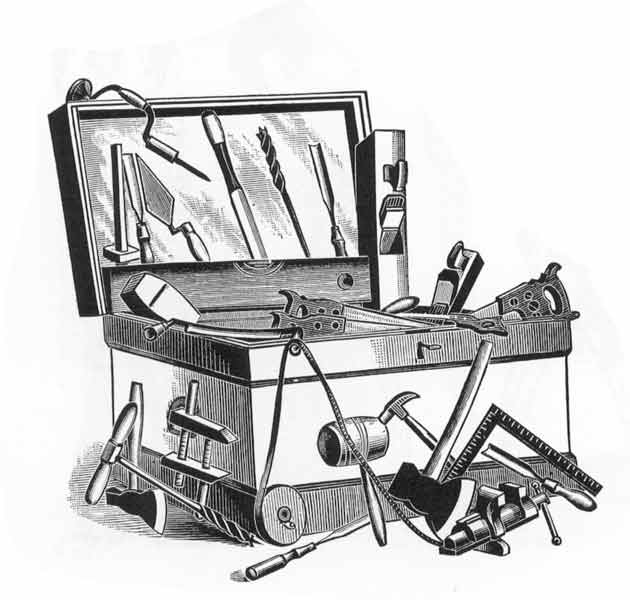
Last week, I bought a garden auger. It’s silver in color and approximately 24 inches long. It fits into a power drill like an oversized drill bit. The purpose for this auger is to dig (drill) holes in the ground for new plants. It does an awesome job of digging nice, round, uniform holes even in my root plagued yard.
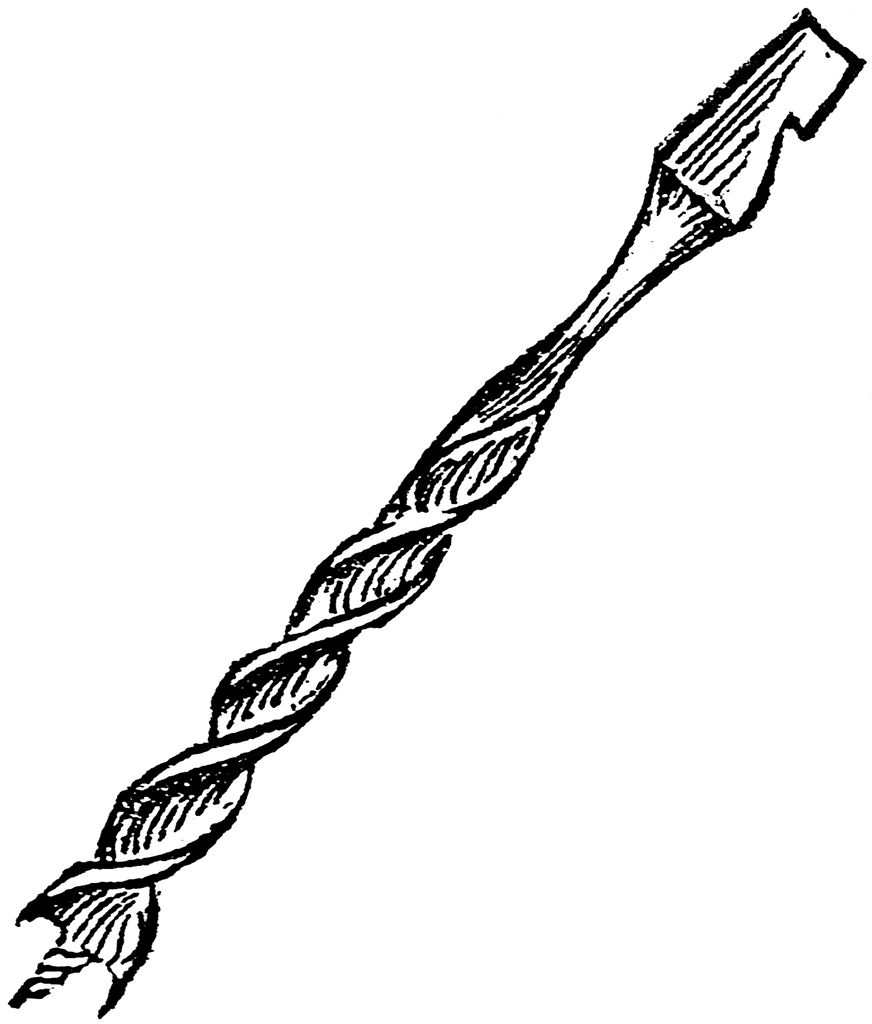
Did I need an auger? Need might be a little strong, but it certainly makes it easier to create holes in the soil. Prior to my latest garden acquisition, I had a number of tools that would create holes: Long and short handled hole diggers, spades, shovels, trowels and even a pick. I have never owned a post-hole digger but have borrowed one. Putting the auger to work, it creates holes quickly and uniformly. It makes the job of hole digging much easier. I can get more holes dug in less time. I am less tired than when I hand dig each hole. It is the right tool for the job of hole digging to plant new plants.
While I am sure many of you are thrilled to hear about my auger acquisition (I certainly am), you are probably wondering how I am going to be able to make this relevant to Strengths and to your life. Well, here goes. In the past, I used the tools I thought would do the job of digging holes for planting with mixed success, until I found the perfect tool for the job. As a Gallup Certified Strengths Coach, I see the analogy of using the correct or best tool to do a job.
The CliftonStrengths (StrengthsFinder) Strengths, revealed through the same named assessment, describe your main talents. Gallup, the owner of the assessment, describes a talent as a naturally recurring pattern of thought, feeling, or behavior that can be productively applied. Talents become Strengths when you apply effort in these natural channels, developing and honing these innate, positive “superpowers”. Don’t confuse Strengths with skills. Skills are the stuff you know how to do; cook, program a computer, blow glass, close a deal, run a marathon, etc.. Think of talents as your hows, whys, and motivation. Indications that you are working in your Strengths, are when you are more energized at the end of a task than when you started. Or when you look at the clock thinking you’ve worked for an hour and figured out it has been four.
Strengths are like tools which can be applied to do things in a manner that best aligns with your approach to the world. When you work in or with your Strengths you feel more energized, engaged and motivated. There are 34 Strengths revealed by the assessment. You most likely have 8 to 10 dominant Strengths, which means they are the tools you should be calling on most frequently to succeed. Each of the 34 Strengths fall into one of four domains or categories as shown in this table. Once you clearly understand what your Strengths are, you can apply them like the right to tool for the particular task.
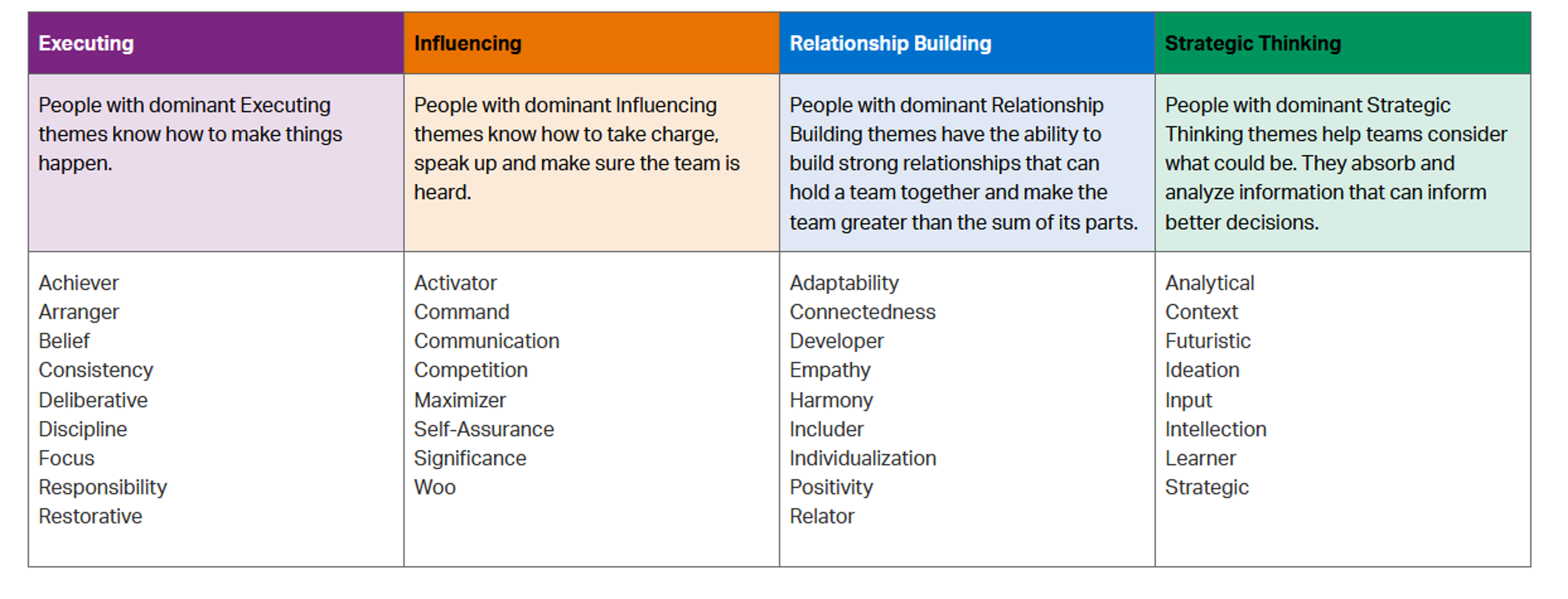
Have you ever been working around your home. You notice a nail that has crept out by 1/2 inch from being flush, Since you were originally working on a plumbing project, you have a monkey wrench in your hand. Your tools are out in the garage or in the basement. You decide that a monkey wrench in a pinch is a hammer.
Maybe it works. The nail is driven in. But now the wall looks a little funny or the monkey wrench won’t adjust quite right. Why? Because a monkey wrench isn’t a hammer. The right tool does the job right. If you don’t have a hammer, find one or borrow one. Your wall and your monkey wrench will thank you.
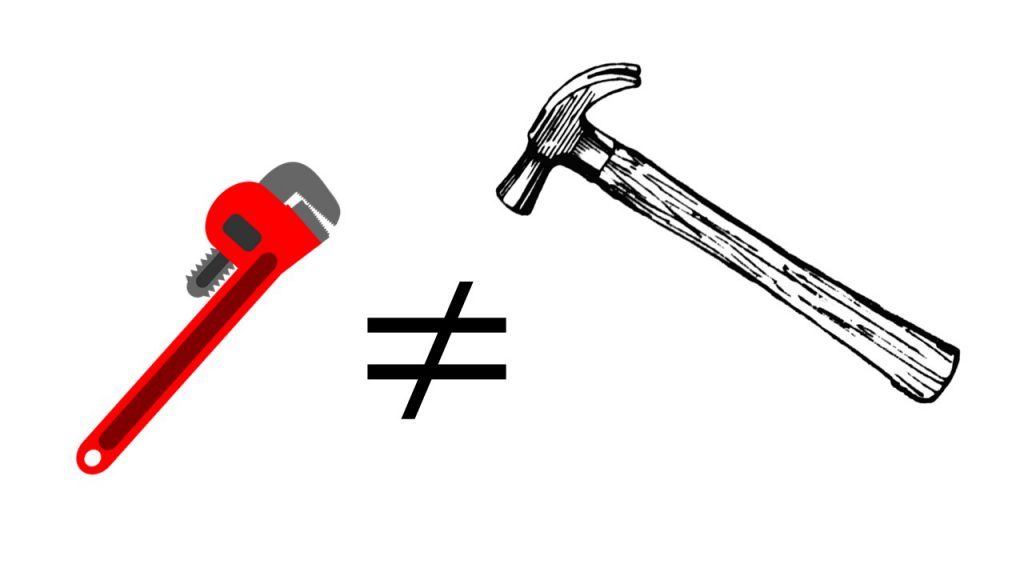
How does this relate to Strengths? Think of Strengths as a collection of tools. A particular tool may not be right for a particular task. The Activator™ Strength is a great tool to get people moving, but your Empathy™ Strength may be what is needed to understand how your team is feeling about the project you want to get them moving to do. You may have a colleague asking lots of questions – “What about the budget? What about the mistakes we made last time!” Well, if you have taken a look in his toolbox, you may understand that that your colleague has high Deliberative™ Strength. He has a talent for caution and attention to detail. He needs i’s dotted and t’s crossed. He wants to study the blueprint. If you think back to earlier situations, you may realize that after he looks over the plans and gets his questions answered, he will help you move ahead more assuredly than you could before. This becomes especially valuable when you realize that his Strengths are not ones that are in your toolbox. In this case, you borrowed his Deliberative™ tool to move forward.
Many Strengths can be applied for purposes other than your initial understanding. There may be times when you can make one of your Strengths (tools) act as a Swiss Army knife. Trying to get a team to work together might give you opportunities to use Relationship Building Strengths like Includer™ or Connectedness™ to draw people into the fold. Or you might use Influencing Strengths like Communication™ to paint a picture of the path ahead to get your team to want to join you.
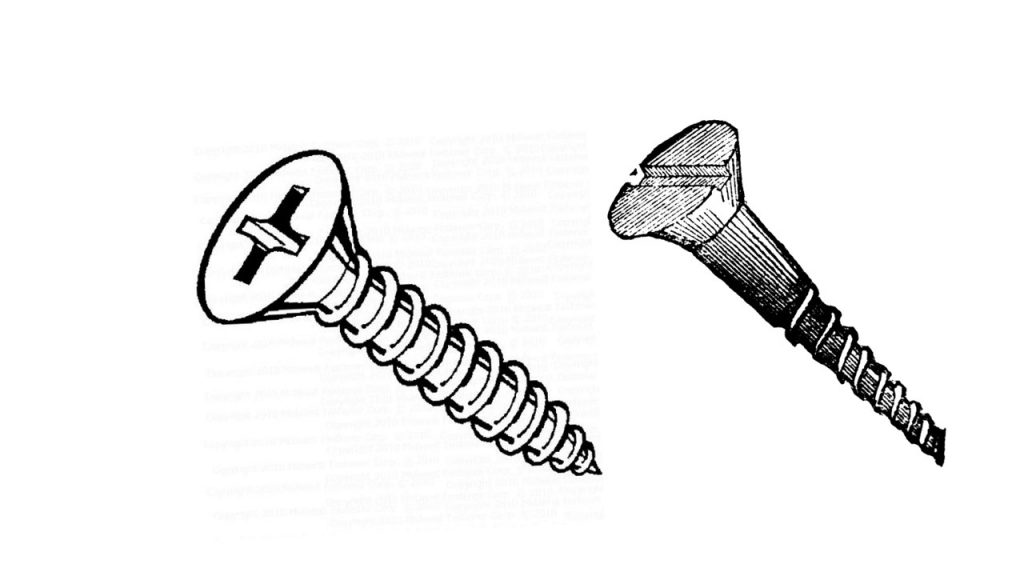
Following the analogy, one needs to recognize what tools you have available and what is the correct tool for the job. When you have to drive a screw into a hole, you need to look at the slot in the head of the screw to determine what is the correct screwdriver to use. If it has a single straight slot, you should use a flat-head screwdriver, recognizing that the size of the slot will influence the size screwdriver you should choose. In a pinch, you can use a small coin or a pocket knife. If the slot is a Philips head (the indent in the head is a cross or an X), it is best to use a Philips head screwdriver. In a pinch, you can use a flat-head screwdriver on a Philips head screw, but a Philips head will be a better match.
Sometimes you don’t have the exact tool and you might have to dig down and find a substitute. If you have a Strength like Adaptability™ it might be easier to accept a substitute especially in the short term. Sometimes, you might end up with a bolt with a hexagonal socket. You might dump your toolbox on the floor and open every drawer in the work bench and still not have even a decent substitute. You’re beginning to get frustrated. Maybe a little bit angry. That’s when it is good to find a colleague with a few different tools, that could better do the job. When you become aware of the selection of tools your team has in their toolboxes, you can reduce the frustration, because you have an idea what can be applied to many situations.
Coaching is one of the best ways to gain clarity on what Strengths fill your teams and your toolbox. Then you can determine when and where you can best apply them. Also, it helps clarify what tools other have that can supplement or augment your tools to get the job done. Comprehending what your team members’ toolboxes contain can also give you understanding why this person always starts by grabbing their hacksaw, while someone else needs to see the blueprints. Recognizing each person’s interest in the quick short term solution or the big picture may give you clarity that you couldn’t reach on your own.
If you are interested in getting a clearer picture of what you have in your toolbox or helping your team share and compare the tools that they bring, reach out to Crews Strengths to help everyone on your team apply the right tools to the right situation. I can also show you pictures of my new auger, if your interested.
Thank you
Thank you for reading this post.
If you found this post to be of value, please like it and comment on it on LinkedIn at this location.
Helping people stop hating their jobs by finding meaningful, purposeful, engaging work is my goal. If you need help leaning into your Strengths and working around your weaknesses, please contact Crews Strengths.
If you would like to help your team understand the tools each member is trying to put to work, so that they can be happier, more engaged and more successful, we need to talk.
If you are considering a job search, creating a resume, deciding to make a career move or figuring out how to put your Strengths to work, please reach out.
